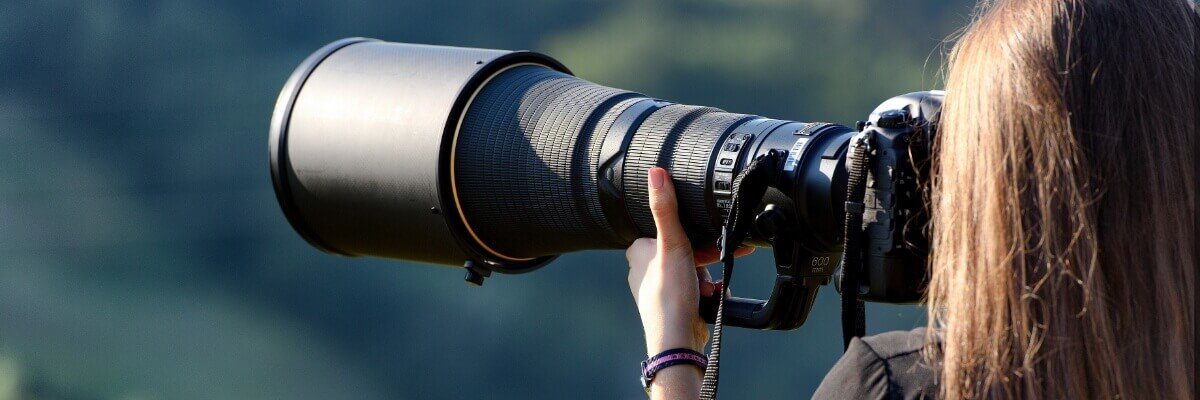Photo studio shoots can be a great way to create high-quality images for a wide range of purposes, from personal projects to commercial advertising. However, they can also be challenging and complex, especially if you’re new to photography or don’t have much experience with studio settings. In order to help you achieve the best possible results, it’s important to follow some key dos and don’ts when planning and executing your photo studio shoot.
DO: Plan ahead
Planning ahead is critical to any successful photo shoot, and it’s especially important for a studio shoot. Start by determining what you want to achieve with the shoot. What is the goal of the images? Who is the subject, and what mood or feeling do you want to convey?
Once you have a clear vision for the shoot, start planning the logistics. This includes selecting a studio space, choosing your equipment, and gathering any necessary props and backgrounds. Make sure you communicate with your team, including your subject, to ensure everyone is on the same page.
DON’T: Be unprepared
While it’s important to plan ahead, it’s equally important to be prepared for the unexpected. Murphy’s Law dictates that anything that can go wrong, will go wrong – so it’s always a good idea to have backup plans and contingencies in place. Always have backup equipment on hand, including extra batteries, memory cards, and light bulbs, or scheduling the shoot for a different day or time if necessary. You never know when something might go wrong, so it’s better to be safe than sorry.
DO: Test your lighting
Lighting is one of the most critical aspects of a studio shoot, so it’s important to get it right. Start by selecting the appropriate lighting for your subject and desired mood. Then, test your lighting setup before the shoot to ensure it’s working correctly.
Use a light meter or your camera’s exposure meter to adjust your lighting as needed. This will ensure that your subject is properly lit, and there are no harsh shadows or overexposed areas in your images.
DON’T: Rely on natural light
While natural light can be stunning, it’s not always reliable. In a studio setting, it’s best to use artificial lighting to ensure consistent results. This allows you to control the direction, intensity, and color of your lighting.
If you’re unsure where to start with artificial lighting, consider taking a workshop or class to learn more. This can help you gain confidence in your lighting skills and give you more control over your images.
DO: Communicate with your subject
Communication is essential in any photo shoot, but it’s especially important in a studio setting. As the photographer, you are responsible for directing your subject or models and helping them feel comfortable and confident in front of the camera. Make sure you communicate with your subject before and during the shoot to ensure you’re capturing the images they want.
Start by discussing your vision for the shoot and asking your subject for their input. During the shoot, give clear directions and provide feedback on their poses and expressions. This will help ensure that you’re capturing the images you need.
DON’T: Be too rigid
While it’s important to have a plan and communicate with your subject, it’s also important to be flexible and open to new ideas. Sometimes the best shots happen spontaneously, so don’t be too rigid in your approach.
Encourage your subject to experiment with different poses and expressions, and be open to trying new lighting setups or props. This can lead to some of the most creative and memorable images.
DO: Use props and backgrounds
Using props and backgrounds can add visual interest to your photos and help tell a story. Choose props and backgrounds that are appropriate for your subject and the mood you’re trying to convey.
For example, if you’re shooting a portrait of a musician, consider incorporating their instruments or other music-related items into the shoot. If you’re shooting a family portrait, consider using a background that’s meaningful to them, such as a favorite park or landmark.
DON’T: Overdo it with props and backgrounds
While props and backgrounds can be useful, it’s important not to overdo it. Too many props or a cluttered background can detract from your subject and make the photo feel chaotic.
Keep your props and backgrounds simple and meaningful, and use them to enhance the story.
In conclusion, following these dos and don’ts of photo studio shoots can help you achieve the best possible results. By planning ahead, testing your lighting, communicating with your subject, and using appropriate props and backgrounds, you can create professional-quality images that tell a story and capture the essence of your subject.


0 Comment